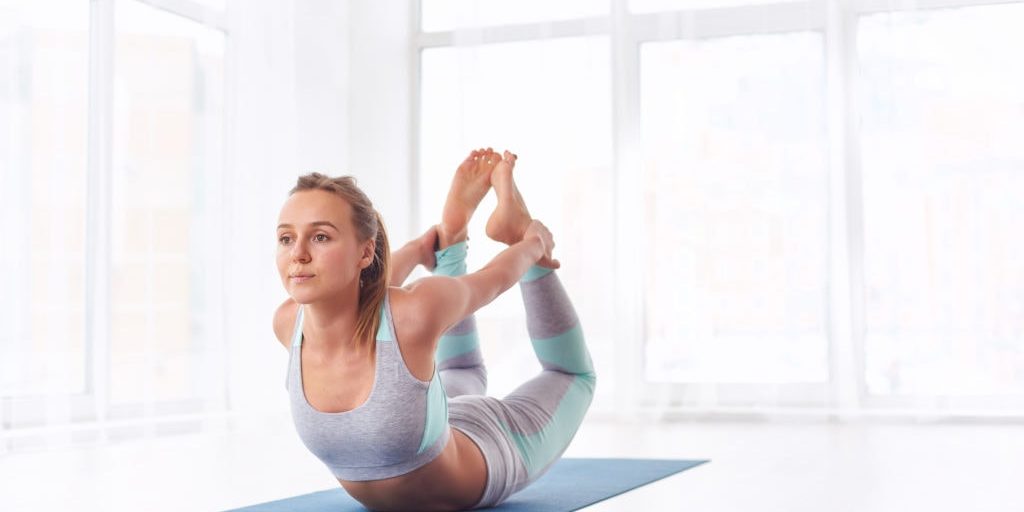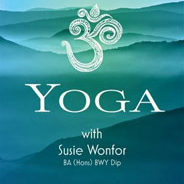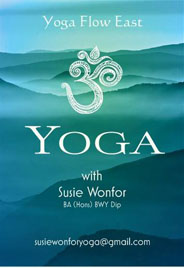Sivananda Yoga
A form of physical or hatha yoga that has it’s origins in ancient Vedanta - a school of Hindu thought which seeks to uncover the truth or realisation of our connection with the divine.
Strong, slow posture work is combined with deep breath and inner focus work interspersed with moments of personal quiet reflection.
The eponymous origins of Sivanada style yoga lie with Swami Sivananda Saraswati who was a direct disciple of Swami Vishwananda Saraswati (also known as - Sankaracharya, or Sankara) a nineteenth century monastic teacher.

This particular tree of yoga, has many subsequent branches which include Bihar school and Satchinananda styles of yoga as well as the contemporary evolution of Sivananda yoga which is practiced worldwide.
Swami Sivananda Saraswati (1887 – 1963) who was born Kuppuswami in Pattamadai, in the Tirunelveli district of Tamil Nadu, initially trained as a medical doctor and worked extensively in Malaya, often offering his services for free. During this time he recognised a connection between physical and spiritual well being and in turn sought to address a spiritual calling of his own. This eventually led him to a monastic life and the setting up of the first yoga ashram in northern India in 1932.
Swami Sivanada was prodigious author of over 300 books most of which are still in print today. His guiding principles of “Serve, Love, Give, Purify, Meditate and Realise” have their origins in the classic schools of yoga and are termed the ‘Yoga of Synthesis’. His legacy lives on through ‘The Divine Life Society’ which he founded in 1936.
“Put your heart, mind, and soul into even your smallest acts. This is the secret of success."
“Crave for a thing, you will get it. Renounce the craving, the object will follow you by itself.”
“Go beyond science, into the region of metaphysics. Real religion is beyond argument. It can only be lived both inwardly and outwardly.”
Swami Sri Sivananda Saraswati
It was however his disciple Swami Vishnudevananda (1927-1993) who was guided by his teacher in 1957, with the words ‘People are waiting’, to take Sivananda yoga to a wider audience and in 1959 the Yoga Vendanta Centre in Canada first opened with subsequent worldwide ashrams and peace missionaries beginning to emerge.
Before his passing in 1993 Swami Vishnudevananda entrusted his masters legacy to eight ‘Yoga acharyas’ (spiritual leaders) whose work continues today all around the world.
Central Components of Sivananda Yoga
At its core the ‘yoga of synthesis’ brings together four classic schools of yoga. These are:
- Karma
traditionally understood as the yoga of action and consequence; here it is interpreted as one of selfless service to others, and in so doing to open the heart and reduce the influence of the ego, notably in performing acts of service, without expectation of reward. This is very much in keeping with participation in an ashram environment and has its origins in both ‘The Bhagavad Gita’ and earlier Vedic texts.
- Bhakti
the yoga of love and devotion. Practically this means : prayer or repetition of the holy texts, kirtan or singing/chanting the names of the divine, japa meaning repetition and satsang or singing call and response.
- Raja
or Royal Yoga the path of meditation, from Patanjalis eight limb system identified within his sutras.
- Jnana
meaning knowledge our wisdom. The science ‘vidya’ of self discovery through study and discussion of the true nature of the ‘Self’.
Practically Sivananda style yoga is very much a Hatha style of physical practice guided by the philosophical framework described above.
Five central principles are identified in the practice :
- Asana
twelve essential poses are emphasised, which need to be mastered before progression to more advanced work is permitted. These are :
- Headstand - Sirsasana.
- Shoulderstand - Sarvangasana
- Plough - Halasana
- Fish - Matsyasana
- Seated forward bend - Paschimottasana
- Cobra - Bhujangasana
- Locust - Salabhasana
- Bow - Dhanurasana
- Seated twist - Ardha Matsyendrasana
- Crow - Bakasana or peacock - Pincha Mayurasana
- Standing forward bend - Uttanasana
- Extended Triangle -Utthita Trikonasan
- Pranayama
the discipline of correct breath control (prana = energy, yama = control). Techniques include :
- Deep abdominal breathing (aka diaphragmatic).
- Full yogic breath (dirga pranayama).
- Alternative nostril breath (Nadi shodana).
- Kapalabhati (rapid abdominal nasal contractions which literally translates as skull shining. This practice is synonymous with a specific shatkriya or shatkarma cleansing, in other yoga systems such as kundalini and kriya yoga).
- Relaxation
via Savasana - meaning corpse pose, lying down supine) which may include a guided relaxation or awareness technique such as Yoga Nidra.
- Diet
Students are encouraged to follow a vegetarian diet following seasonal vegetable and produce, guided by the principle of ‘ahimsa’ or non violence which does not include eating flesh. Further the dietary principles are mindful of the qualities of the food or ‘gunas’ being, hot, lethargic or vital.
- Positive thinking and meditation
In that we are what we think. The mind body connection is essential and that which integrates all of the above into the cohesive practice that is Sivananda style yoga.
What to expect from a Sivananda Yoga class
A typical class will often begin with an initial focussing session such as lying in Savasana followed by Dhyana Slokas or meditation chants said to begin the journey of inner awareness and focus before preceding to a pranayama practice.
This is then followed by a warm up sequence such as the ubiquitous ‘Surya Namskara’ or sun salute which acts as a thorough ‘all body warm’ up in preparation for the twelve strictly adhered to sequence of poses detailed above. Some further stretches of the main muscle groups may follow depending on the class teacher. Variations will be introduced to the main poses as a student becomes more adept with a good teacher making adaptations as required for those less experienced.

Reflective periods are introduced between poses, often lying down into savasana.
It is important to be aware that the programme for a typical class will be fairly fixed and methodical, so if variety is important, then perhaps consider looking into another path such as Hatha.
Effects and Benefits of Sivananda Yoga
Expect a deceptively calm yoga style to work you harder than you might first expect, with a comprehensive range of posture work covering all the main physical movements of the body leading to increased flexibility and strength. Unlike ashtanga or vinyasa styes of yoga this is neither a dynamic nor rushed practice, the emphasis very much on reflection within posture work, the body being being kept calm throughout, establishing a strong mind and body link.
In the truest sense of what yoga should mean, this style emphasises well-being and positivity alongside the more widely anticipated physical benefits. It also offers and opportunity to delve deeper into a fascinating realm of ancient Hindu thinking, should you wish.




